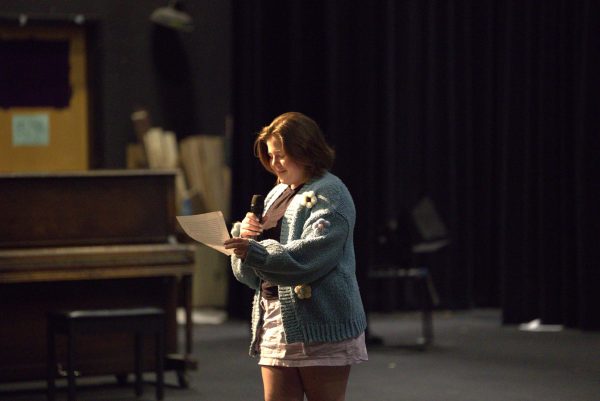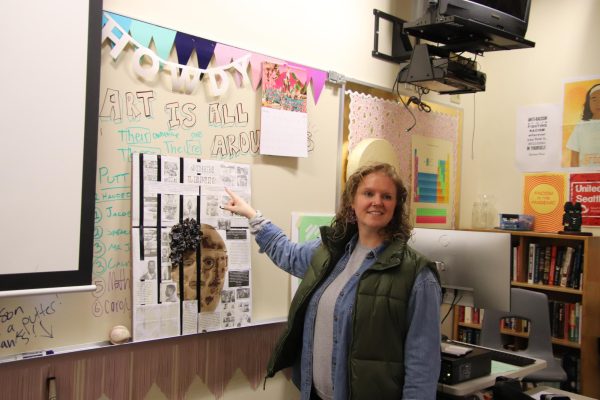Staff professional development covers emergency reaction strategies
Guest speakers introduce various methods of conflict resolution and personal self care during staff crisis training
There are many available approaches to crisis for teachers. Studies suggest one of the most crucial ways teachers can help students is to acknowledge the crisis itself.
March 17, 2023
The Purple Professional Development (PD) team held a crisis training for staff on Feb. 8. The SPS Department of Coordinated School Health presented to the Ballard staff on reacting in crisis, social-emotional learning (SEL) and restorative practices.
The Purple PD team, made up of members of administration and teachers, invited guest speakers who had given a similar professional development meeting to Cleveland. David Fort, a member of Purple PD and assistant principal, spoke on why they chose this meeting.
“[Purple PD] takes feedback, and…we try to solicit what are the things that are important professional development topics that we think are going to be timely and meet the needs of the staff,” Fort said.
A meeting on crisis training seemed particularly important to staff and the team in the wake of the Ingraham High School shooting.
“We recognize that crises are things that happen regularly within a large school such as ours,” Fort said. “After the situation that happened at Ingraham this year…, we wanted to make sure that our staff had some time to think about how they might respond in the midst of [a] crisis.”
A crucial emphasis of the training was on maintaining staff’s own mental health in response to crises. Guest speakers focused on methods of making staff most effective in a time of panic or uncertainty.
“It was talking through breathing practices, and thinking through how you take care of yourself before you take care of others,” Fort said. “The airline analogy was named; make sure that you get your own mask on first before you put the mask on others, to make sure that you can be effective in the moment of crisis.”
Some of the techniques involved within the crisis-response portion included the three R’s—regulate, relate, respond— and the three C’s—calm, communicate and coach—as well as a five-senses grounding exercise. For some of the staff, the exercises seemed underwhelming. Kristen Storey, member of Purple PD and the head of the ELA department, illustrated some of these concerns.
“I had heard from some colleagues [that] it seemed kind of elementary. You know, like, and that’s the challenge the district faces anytime they go out to present. The district is looking out for K-12. K is not 12,” Storey said. “It’s too big of an expanse. So I think sometimes they struggle with how to adjust [and] adapt.”
Another frustration about the crisis training was the lack of specificity. While methods of reaction were explored, the crises remained unnamed and vague.
“One of the things that I imagine that folks were hoping for was more clarity on what specific threat to be mindful of, and part of it is because we haven’t experienced any significant threats this year,” Fort said. “That said, you never know when something scary is going to come in.”
Despite the vagueness of the types of crises the staff were prepared for, Fort felt that having narratives around what to do in any sort of situation was valuable, especially because of the unpredictability of different types of emergencies.
Beyond practices of maintaining mental wellbeing, Storey felt it may be helpful to have more information on protocol for specific crises.
“I tend to be very practical, so in a practical realm, I think it’d be helpful if I knew what Ballard protocol was [if] we do have an active shooter,” Storey said. “What did we learn from Ingraham in terms of how [to] contact families? How do we get students back to families?”
Besides the situation of gun violence on campus, another reason for the staff crisis training pertained to ongoing sexual assault and harrasment issues.
“Last year, [during] the sexual assault walkout, the students were speaking to something, [and] we wanted to make sure that we were being responsive,” Fort said.
The last section of the staff crisis training was delegated to restorative practices, a conflict resolution method SPS has taught for years.
“[Restorative practices] are… about resolving problems of any type, whether it’s a student–student conflict, or student–teacher conflict or a parent [conflict], in a very respectful, collaborative way, so they’re not punitive. You don’t get punished for misspeaking in class in a way that offended a student, for example,” Storey said.
Storey believes that restorative practices may have been especially helpful in context of the sexual assault sit in during the fall of 2021.
“I think had we had some sort of restorative practice procedure in place, it could have been really powerful to sit down and talk and hear and strategize,” Storey said. “You know, ‘how are we going to resolve this?’ Frankly, I don’t think it ever got resolved.”
Restorative practices and conflict resolution were some of the methods taught at the training that could also be used in community building at school. While there are only eight professional development meetings for staff throughout the year, Fort and Storey are hopeful for future narratives around crises.
“You don’t necessarily have one training that is going to have this specific outcome,” Fort said. “It just sort of sets the tone. It’s a process of learning and a process of communication, so in the event that there’s issues that arise, people can say, ‘Okay, we’ve had opportunities to connect as a team to think about what we do to respond.’”
![West Seattle High School’s (WSHS) Chinese program is closing down and teachers in the program are informed to transfer to a different high school. At WSHS, 475 both former and current students have signed a petition to help teacher Ying Yu continue her Chinese program. She shares that initially, the program offered only four classes with 90 students but with her initiatives, the program grew to be full-time with 154 students and 137 students on the waiting list. (Seattle Public Schools Board Meeting YouTube Channel: Seattle Schools Board Meeting May 8, 2024, [58:25])](https://ballardtalisman.org/wp-content/uploads/2024/06/Screenshot-2024-06-14-134038.png)
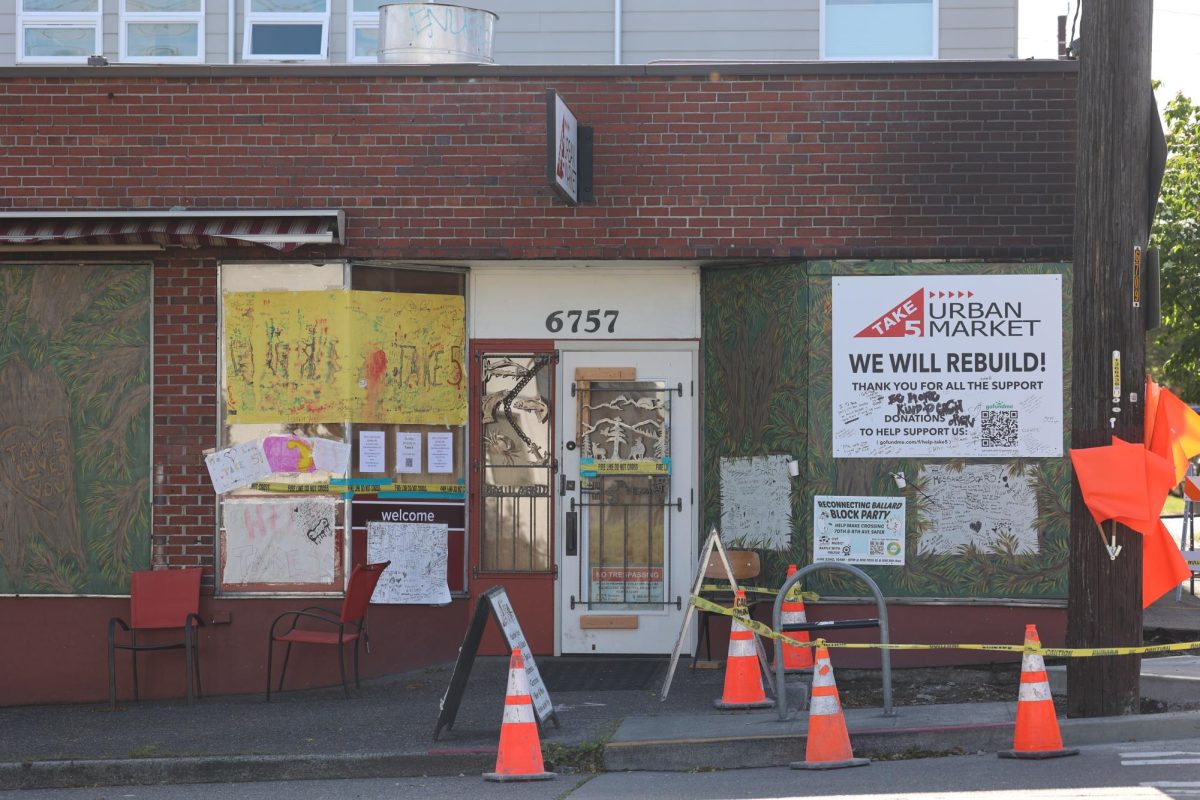

![“Link Crew is meant to be a way for [upperclassmen] to help ninth graders with the transition to high school,” Laura Lehni, language arts teacher, ASB advisor and Link coordinator, said](https://ballardtalisman.org/wp-content/uploads/2024/05/IMG_4601-1200x800.jpg)










![Henry Willy [pictured left] taking the field with his teammates in a 10-11 loss vs. Saas.](https://ballardtalisman.org/wp-content/uploads/2024/05/IMG_2431.jpg)



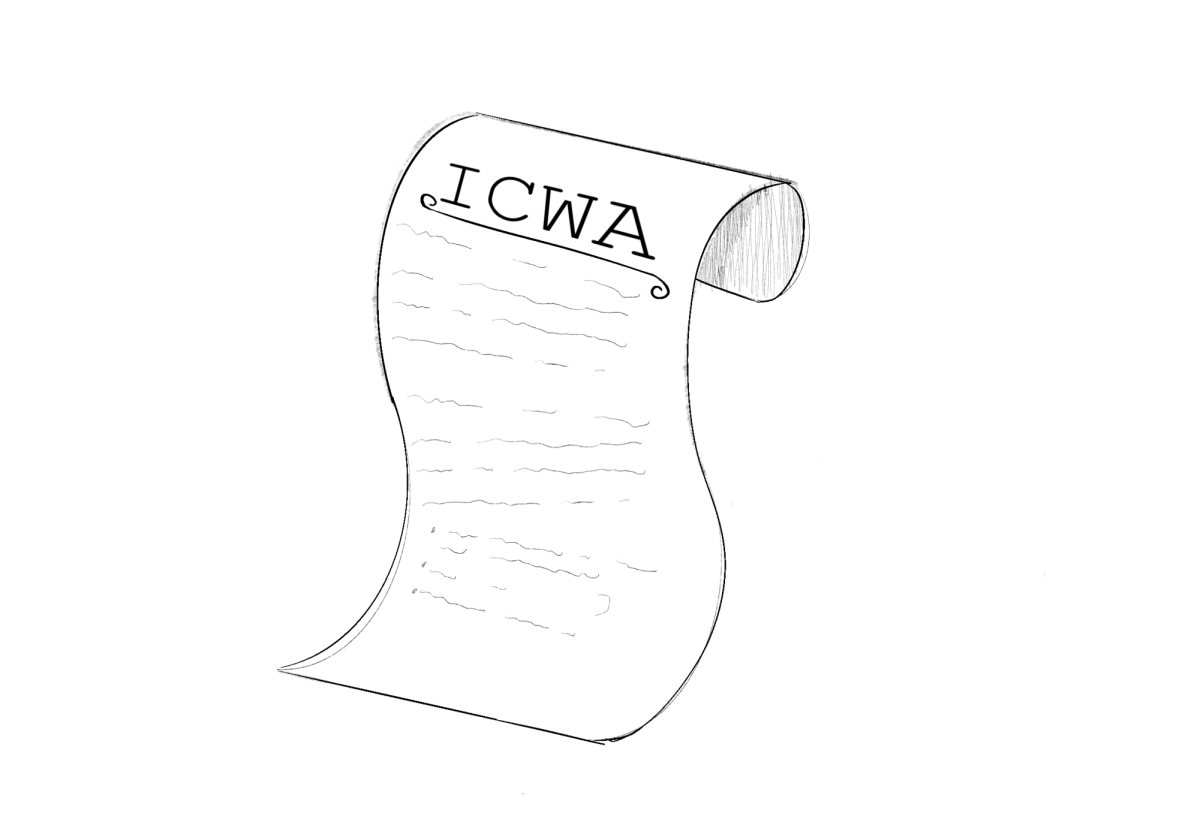
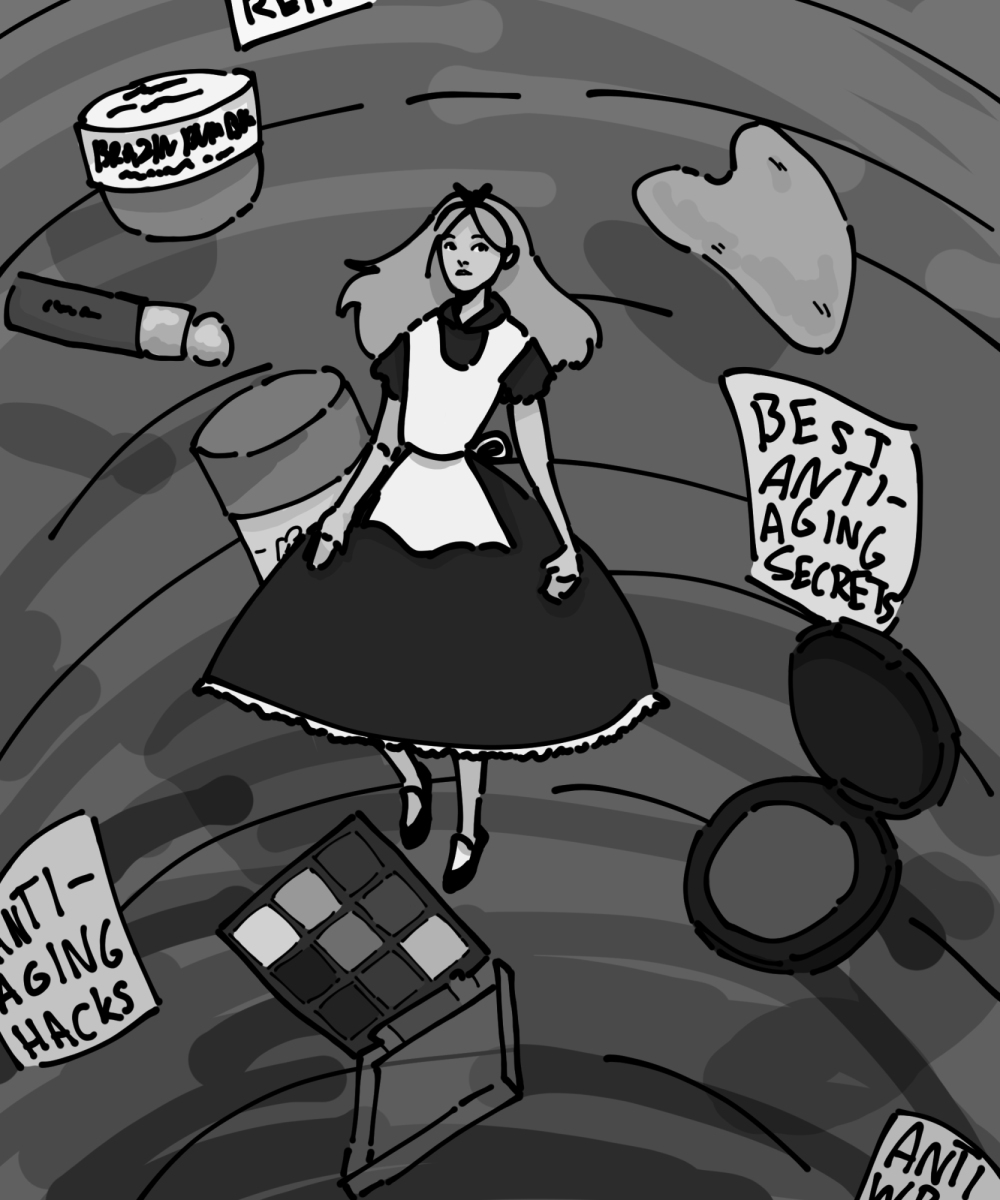

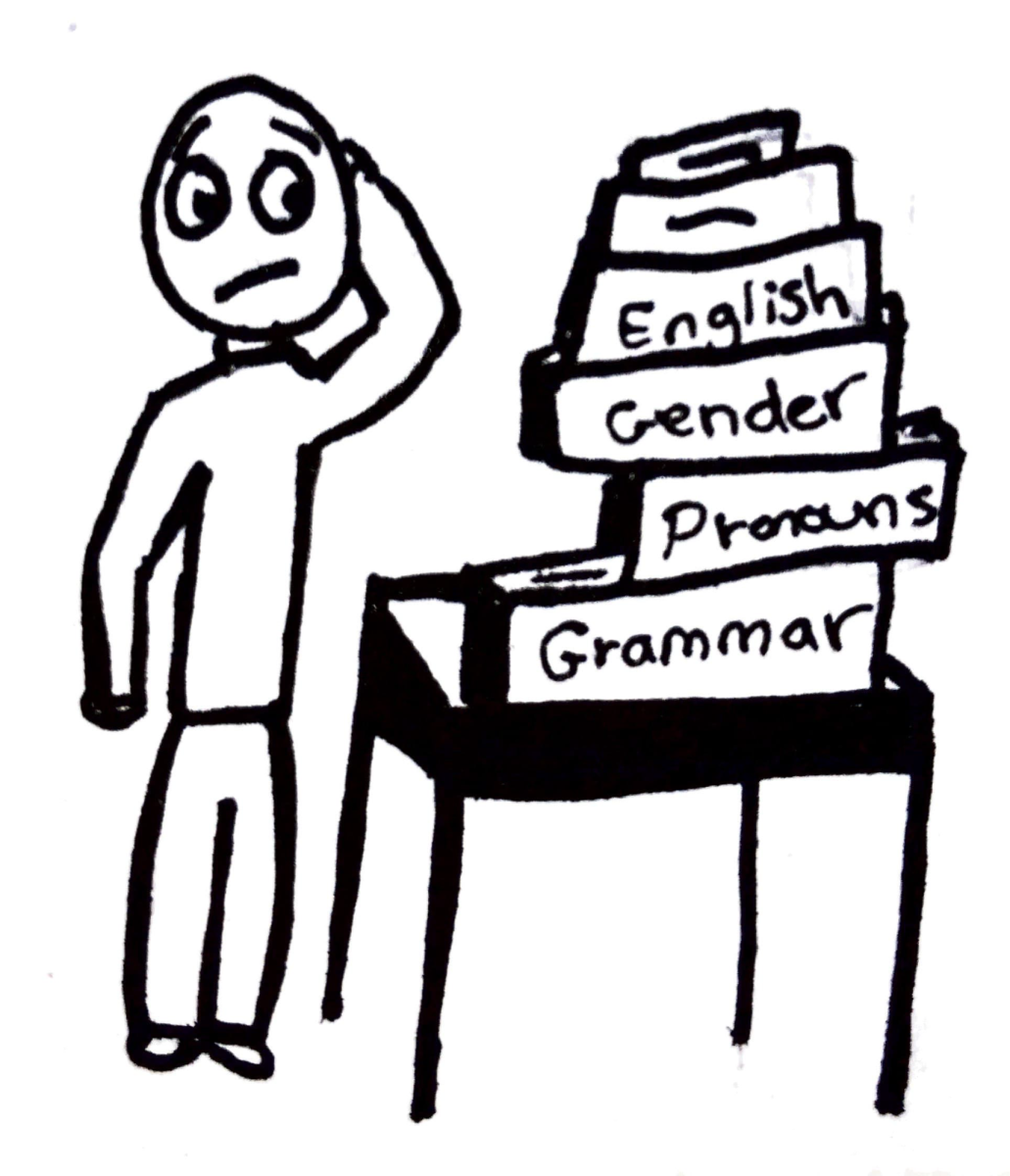
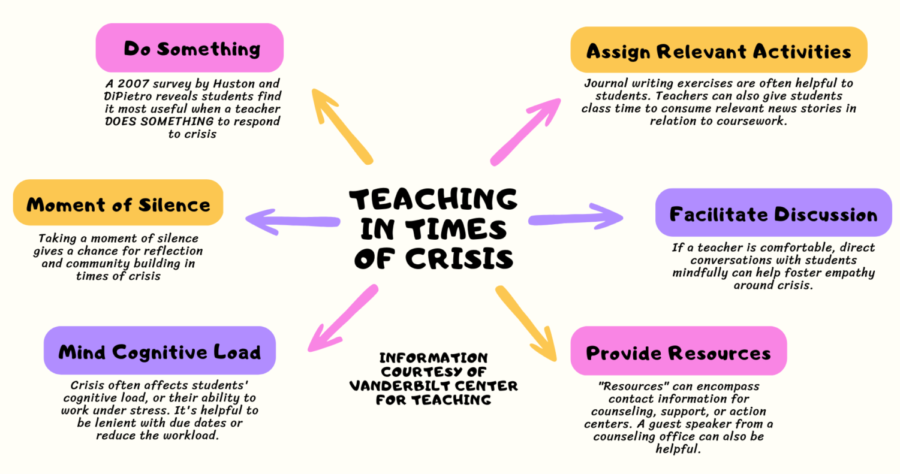
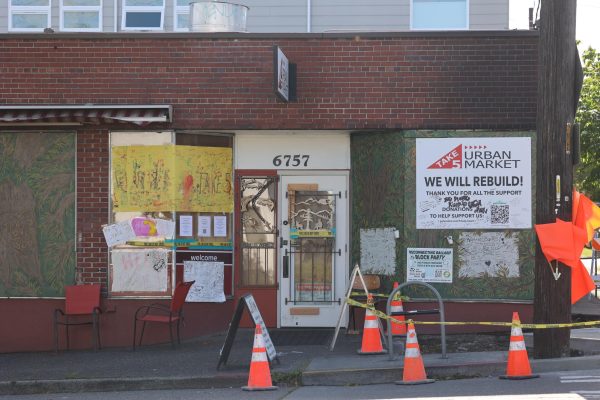

![“Link Crew is meant to be a way for [upperclassmen] to help ninth graders with the transition to high school,” Laura Lehni, language arts teacher, ASB advisor and Link coordinator, said](https://ballardtalisman.org/wp-content/uploads/2024/05/IMG_4601-600x400.jpg)

